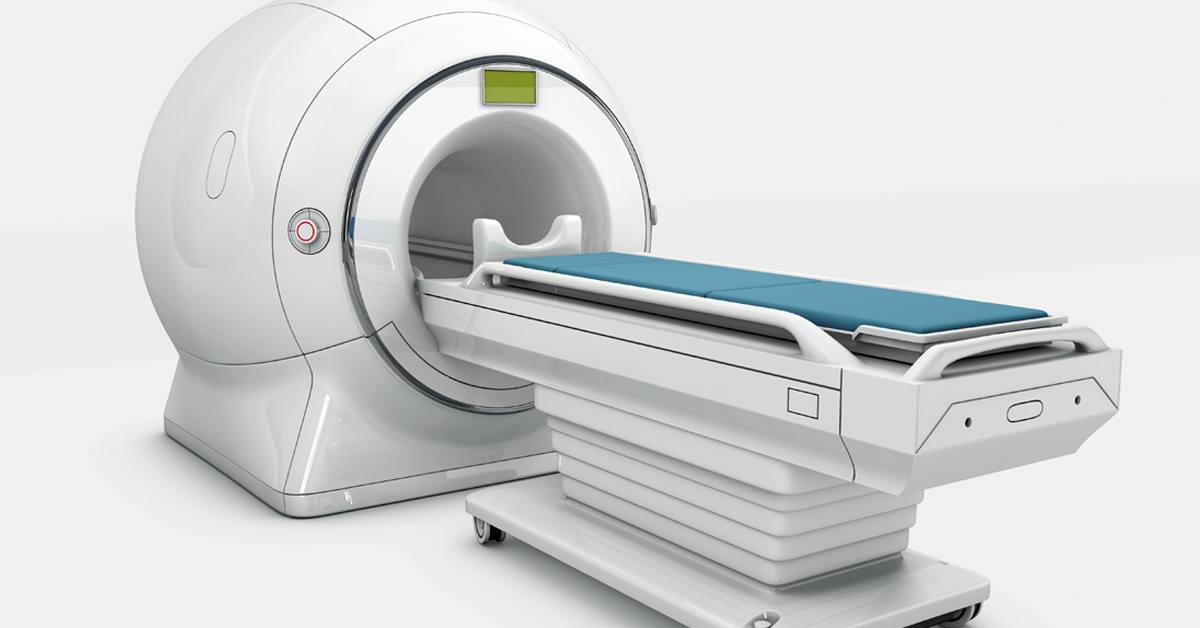Researchers from the Technical University of Munich (TUM) have made a groundbreaking development in magnetic imaging by creating diamond quantum sensors. These sensors have the potential to significantly improve resolution in magnetic resonance imaging (MRI), vital in visualizing tissue and structures without causing any damage to them. The team’s findings were published in the journal Science Advances.
Nuclear magnetic resonance (NMR) is a crucial imaging technique used in medical research to observe the behavior of water and various other elements within the body. It offers excellent results, particularly in detecting abnormal processes in cell colonies. However, to further understand the microstructures within individual cells, new methods are needed.
To address this gap, the research team fabricated quantum sensors using synthetic diamond. The diamond layer was enriched with specific nitrogen and carbon atoms during the growth process. After growth, individual carbon atoms were detached from the diamond lattice by electron irradiation, resulting in the creation of vacancies known as nitrogen-vacancy centers. These vacancies possess unique quantum mechanical properties necessary for sensing.
The diamond quantum sensors interact with magnetic fields, converting the MRI signals from the sample into optical signals. This optical signal can be detected with high spatial resolution, leading to a clearer depiction of the microstructures within cells.
To test the method’s effectiveness, the scientists placed a microchip with microscopic water-filled channels on the diamond quantum sensor. By doing so, they were able to simulate microstructures of a cell and successfully analyze the diffusion of water molecules within the microstructure.
The success of this experiment paves the way for further advancements in the imaging technique, enabling the investigation of microstructures in single living cells, tissue sections, and the ion mobility of thin-film materials for battery applications. NMR and MRI techniques possess unparalleled capabilities in directly detecting the mobility of atoms and molecules, making them essential in various fields of research.
The researchers aim to enhance the spatial resolution of their method, which is currently considered inadequate, to provide even more detailed imaging in the future. The potential of this breakthrough is immense and could significantly impact the field of medical imaging, unlocking new possibilities for understanding cellular processes and identifying diseases at their earliest stages.
*Note:
1. Source: Coherent Market Insights, Public sources, Desk research
2. We have leveraged AI tools to mine information and compile it




